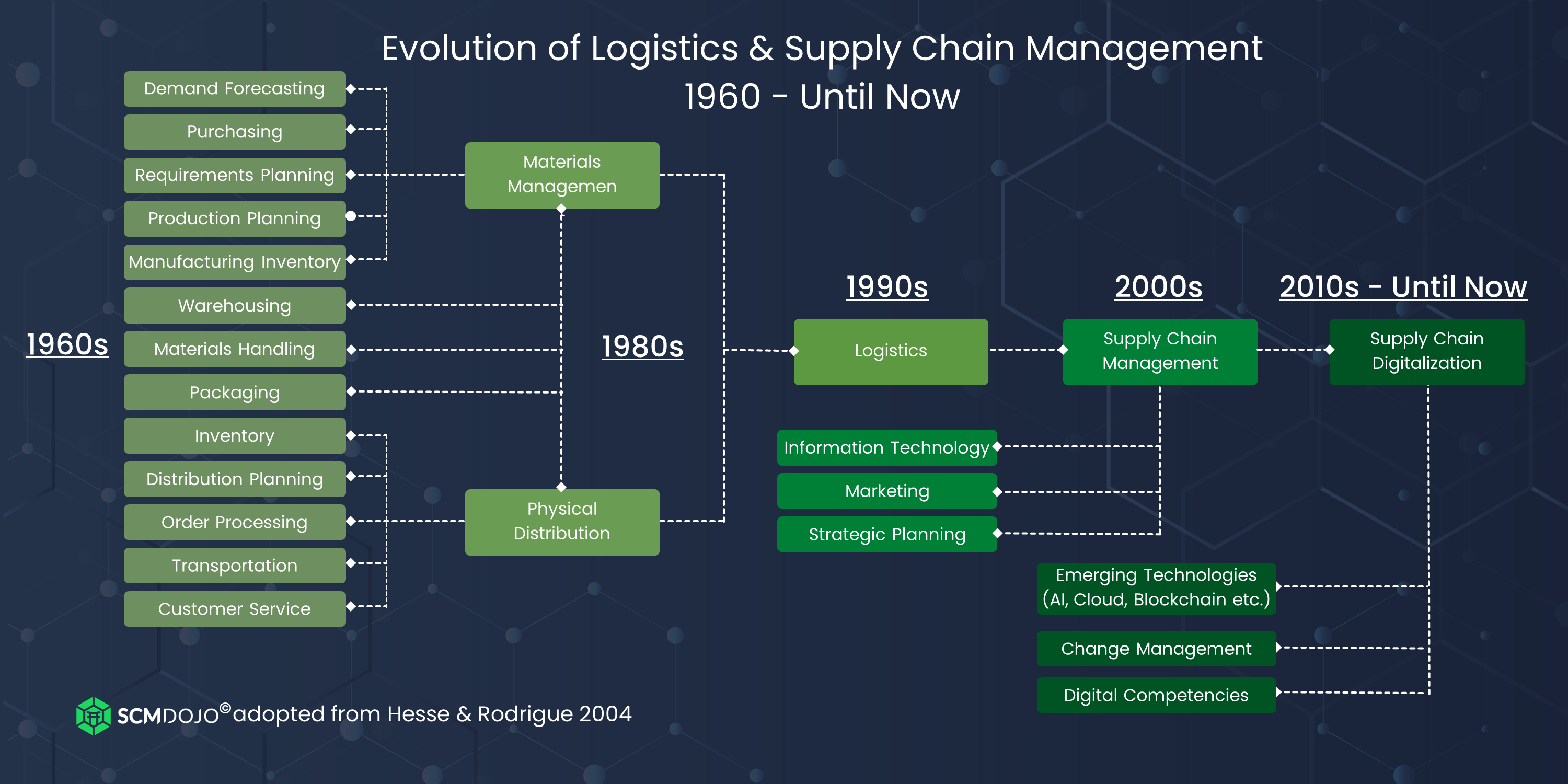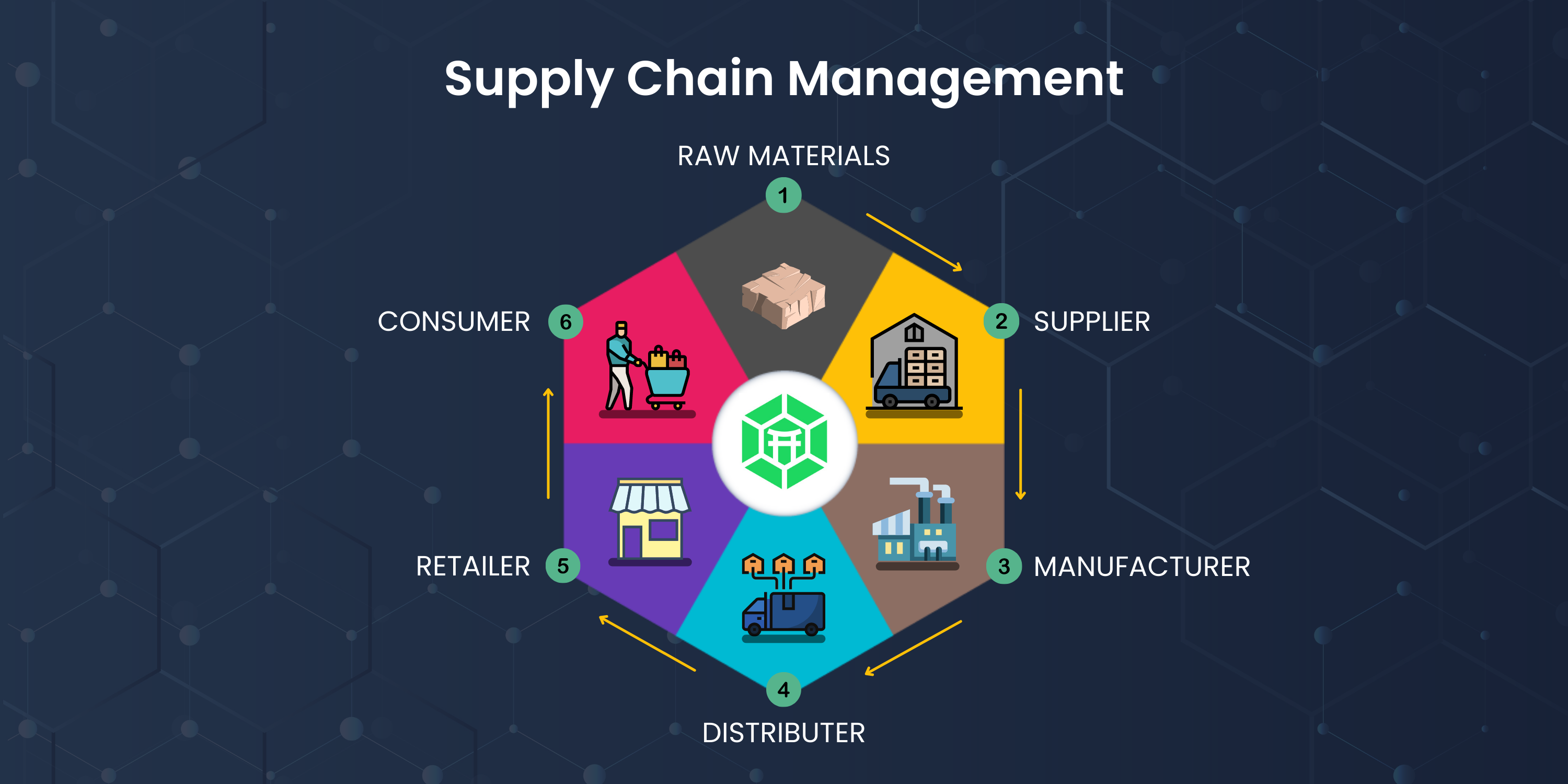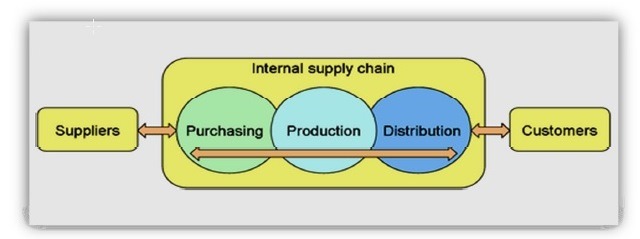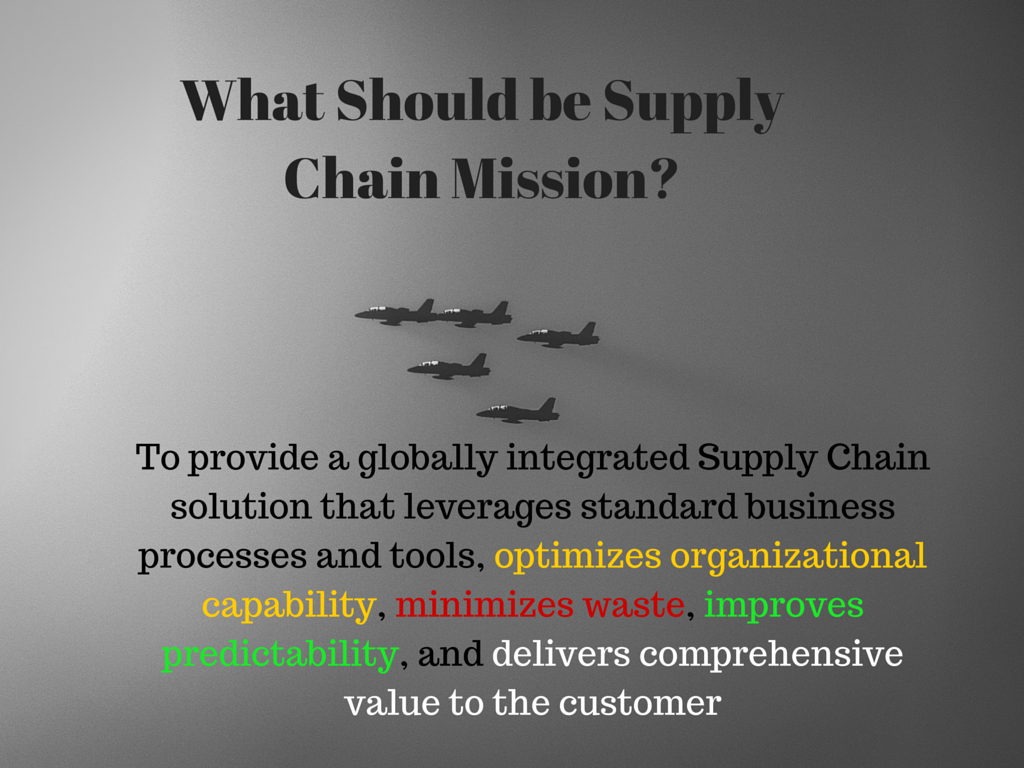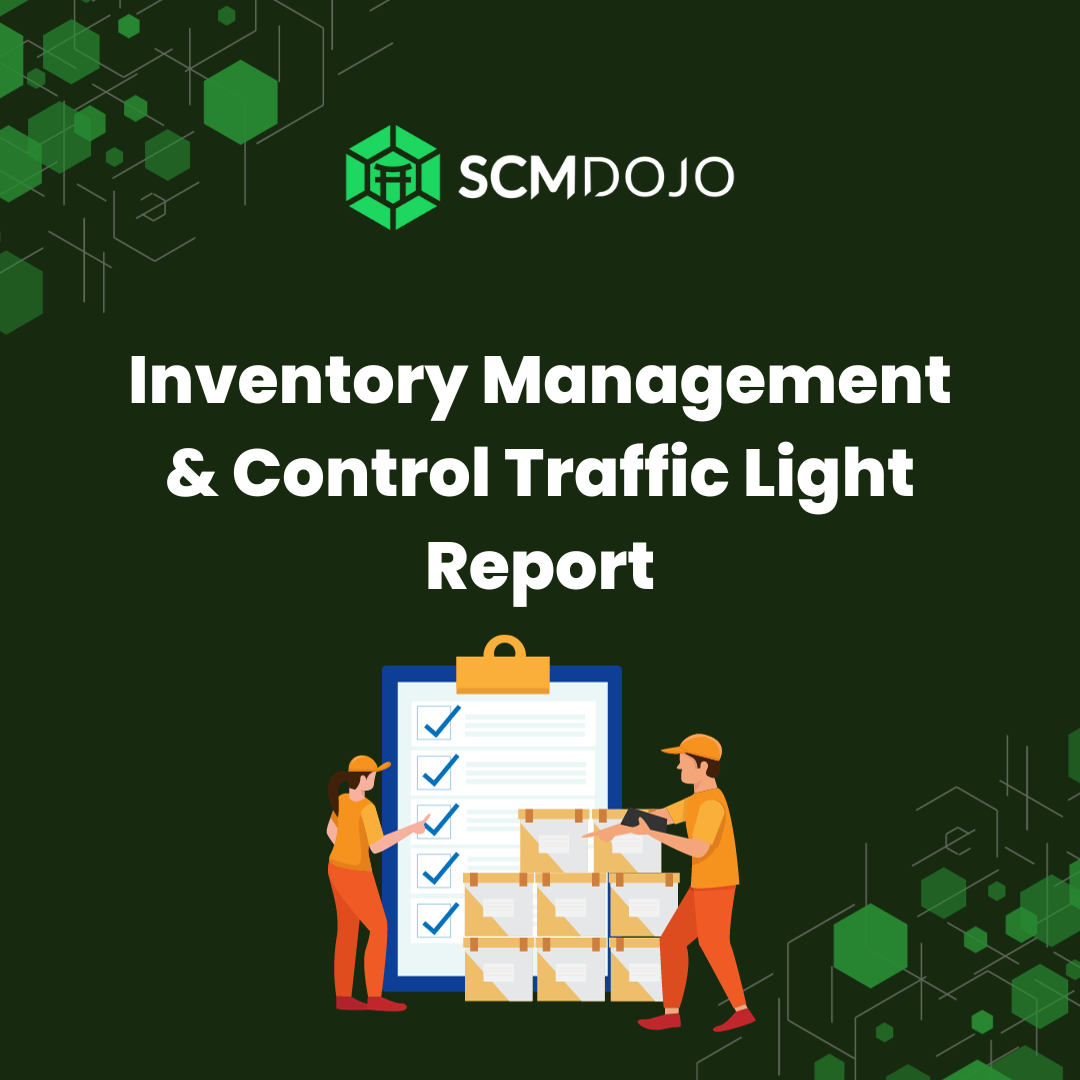What is Supply Chain Management ? More than 9000 people still ask this question on Google search, despite Supply Chain Management (SCM) was introduced in early 1980s (Oliver and Webber, 1982) but it’s has been growing in importance since the early 1990s.
In this article History and Evolution of Supply Chain and Logistics, we have explained chronological evolution of the concepts of logistics and the supply chain implies the existence of 7 distinct and important phases of as shown in Figure 1.
- The First: The Transportation Era (1950s)
- The Second: The Physical Distribution (1960s)
- The Third: Physical Supply, Deregulation and Logistics (1970s)
- The Fourth: Transportation, Deregulation, Physical Distribution and Business Logistics (1980s)
- The Fifth: Business Logistics (1990s)
- The Sixth: Logistics and Supply Chain Management (2000s)
- The Seventh: Supply Chain Digitalization (2010’s)
Figure 1- History and Evolution of Supply Chain and Logistics
So What is Supply Chain Management ?
Supply Chain Management is defined as a channel construct as the structure of inter-company units and extra-company agents and dealers, wholesale and retail, through which a commodity, product, or service is marketed (Bowersox and Closs,1996).
And I would use this definition of What is Supply Chain explained for Kids by 10 year, which has received quite a widespread praise from some seasoned supply chain professionals.
Another answer of “What is Supply Chain Management ?
” is also given as a business philosophy that strives to integrate the dependent activities, actors, and resources between the different levels of the points of origin and consumption in channels (Sevenson, 2007).
Mentzer et al. (2001) define Supply Chain Management as a systemic, strategic coordination of the traditional business functions and the tactics across these business functions within a particular company and across businesses within the supply chain, for the purposes of improving the longterm performance of the individual companies and the supply chain as a whole.
Supply chain management is an important tool for managing product or services from its raw state to finished state and managing after sales services. It principally concerned with the flow of products and information between supply chain partners i.e. supply chain member organizations.
There are dependencies between levels in channels from the point of origin to the point of consumption and the Supply Chain Management (SCM) is based on this approach (Lambert et al.,1998; Stern, 1969; McCammon and Little, 1965; Weld, 1916). The point of origin usually refers as suppliers or manufacturers and customers or end-users in a supply chain usually refer to point of consumption (Min and Mentzer, 2000; Lambert et al., 1998; Jones and Riley, 1985).
What is Supply Chain Management in the Manufacturing environment? The term “supply chain” is used to describe the flow of goods from the very first process encountered in the production of a product right through to the final sale to the end consumer.
It involves all the activities involved in delivering a product from raw material through to the customer including sourcing raw materials and parts, manufacturing and assembly, warehousing and inventory tracking, order entry and order management, distribution across all channels, delivery to the customer and the information systems necessary to monitor all of these activities. Whereas in case of Service Industry, it involves management of information, processes and funds from the earliest supplier to the ultimate customer, including disposal (Ellram et al., 2004).
Harland (1997) suggests that the term supply chain management can be used to describe a number of concepts – the processes inside a manufacturing organization; purchasing and supply management occurring within dyadic relationships; the total chain; and finally a total firm network.
It is suggested that the emphasis of supply chain management has changed in the past two decades. Nowadays, organizations can no longer compete solely as individual entities. Increasingly, they must rely on effective supply chains, or networks, to successfully compete in the global market and networked economy. Supply chain has three perspectives i.e.; the internal supply chain, the conversion process between departments, and two external supply chains, i.e. the relationships with customers and suppliers.
Supply chains can be possible in both manufacturing and service organizations, and they are principally concerned with the flow of products and information between supply chain partners i.e. supply chain member organizations—procurement of materials, transformation of materials into finished products, and distribution of those products to end customers.
Integrated supply chains are enabling organizations to reduce inventory and costs, add product value, extend resources, accelerate time to market, and retain customers.
Literature review in the field of Supply Chain Management shows that the awareness of the importance of Supply chain thinking is based on a realization that traditional approaches to the needs of global market places are not going to be good enough. These changing customer expectations are forcing a re-appraisal of basic technological approaches in manufacturing and organizational principles. Today’s consumers are increasingly sophisticated, educated, confident, and informed. The overall expectations of the customers are now being changed regarding Quality, responsiveness, product ranges and so on.
Customer expectations are continue to moving upward. Jones et al. (2005) argue that the evidence of higher expectation can be seen in declining customer satisfaction ratings for many organizations, even as they invest heavily in process improvements and customer relationship management (CRM) technology. They have high expectation from the product and services they receive (Cook and Verma, 2002) particularly in relation to speed of response, breadth and depth of communication, and customization of information and product/service offerings (Jones et al., 2005). The emerging expectation of society is the environmental and social responsibility in the business which leads to sustainability.
It would be great if readers would let me know if there is more recent definitions or developments to be added and considered to further define What is Supply Chain Management!
About the Author- Dr Muddassir Ahmed
Dr MuddassirAhmed is the Founder & CEO of SCMDOJO. He is a global speaker, vlogger and supply chain industry expert with 17 years of experience in the Manufacturing Industry in the UK, Europe, the Middle East and South East Asia in various Supply Chain leadership roles. Dr. Muddassir has received a PhD in Management Science from Lancaster University Management School. Muddassir is a Six Sigma black belt and founded the leading supply chain platform SCMDOJO to enable supply chain professionals and teams to thrive by providing best-in-class knowledge content, tools and access to experts.
You can follow him on LinkedIn, Facebook, Twitter or Instagram


